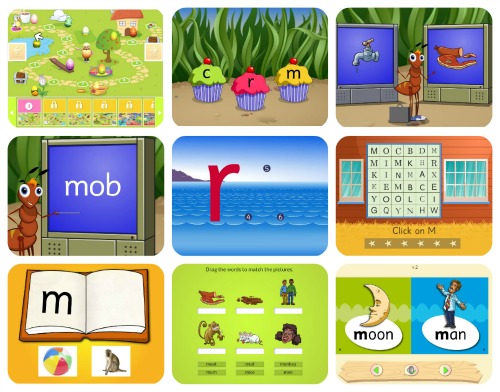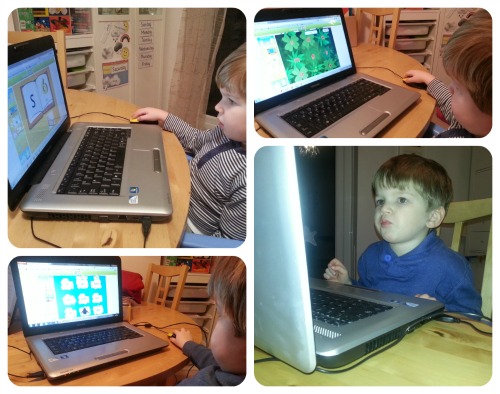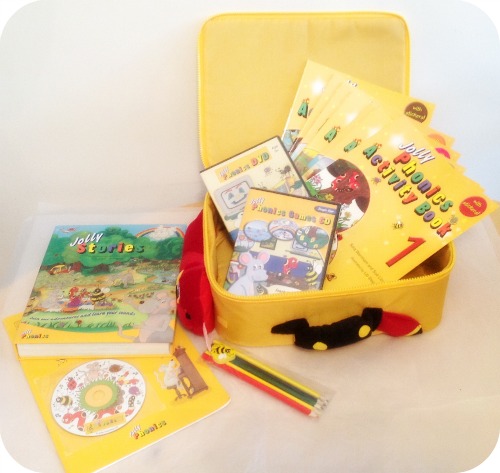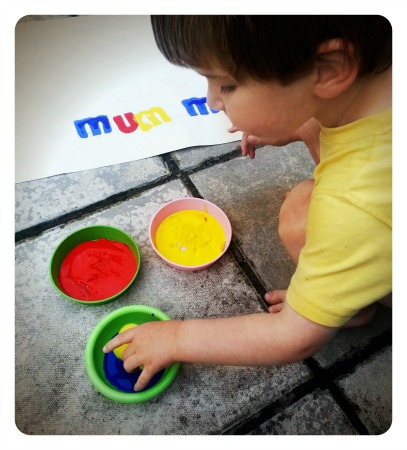A few months ago I spotted a set of Melissa & Doug alphabet stampers on another blog and fell in love with them. The only problem is that I can't stand stampers with ink as they just end up getting mucky, stained and the ink goes everywhere! I decided to make some scented playdough for The Boy instead to stamp onto.
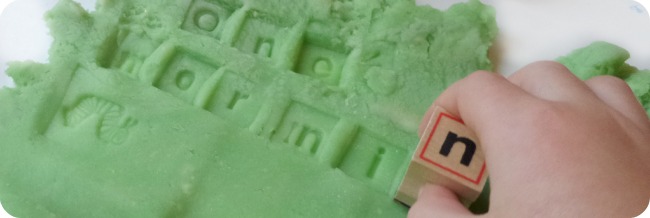
 55. 'Hello! Anyone there?' (We went
55. 'Hello! Anyone there?' (We went 


